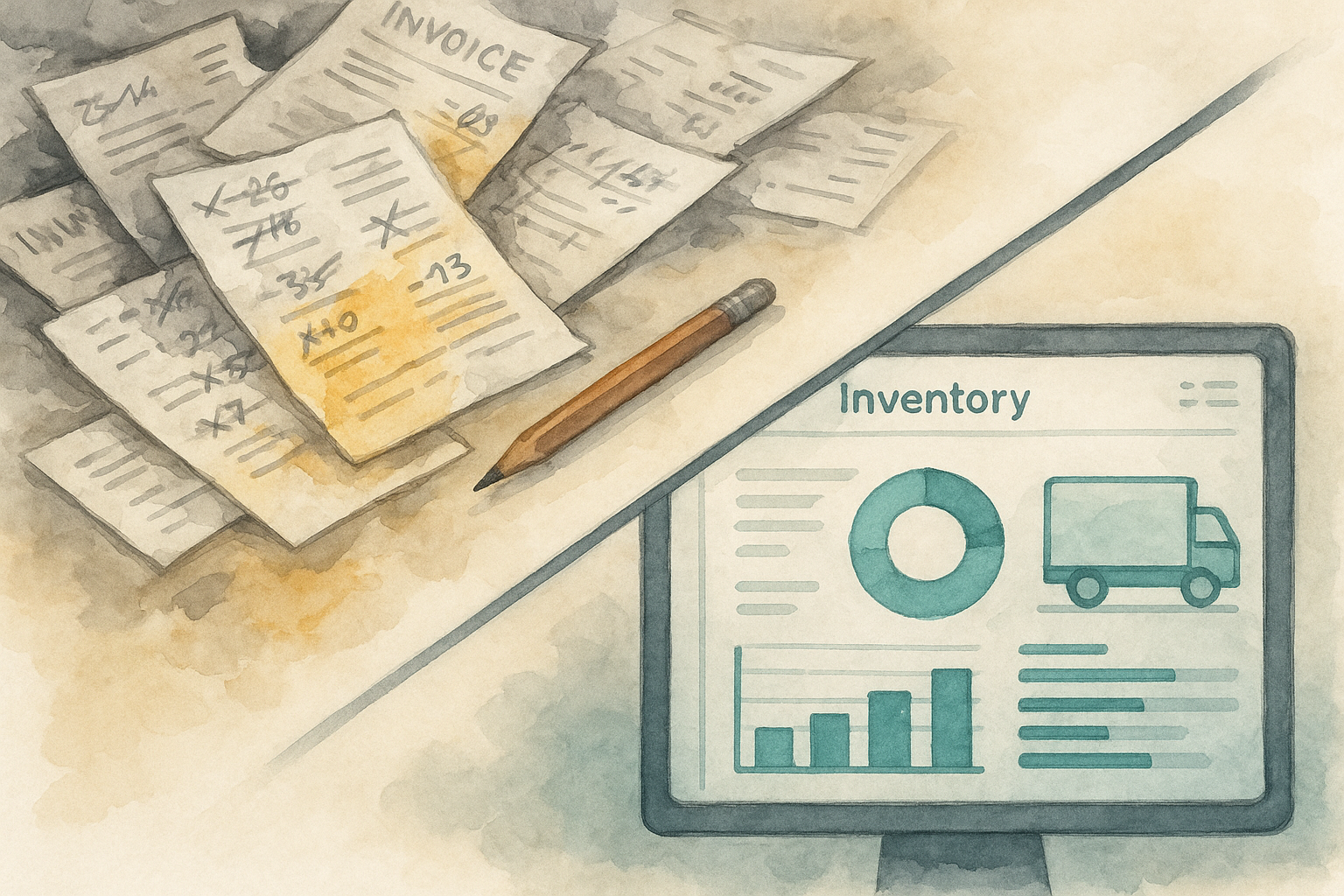From Paper Invoices to Purpose-Built Software: The Opalfi Origin Story
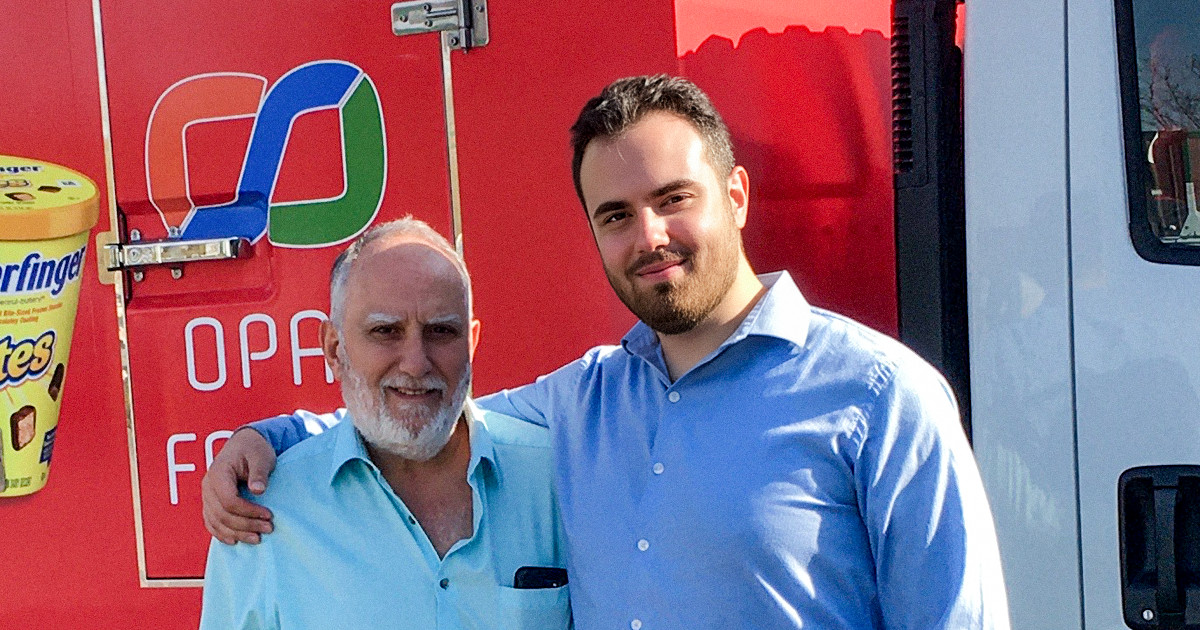
It's 9 PM on a Tuesday in 2019. My father and I are sitting at the kitchen table, surrounded by crumpled paper invoices, each covered in pencil marks and crossed-out numbers. We're counting boxes for the third time, trying to figure out how many cases of Strawberry Shortcake bars we need for tomorrow's delivery run. We check our math again. The numbers still don't match.
This was our reality when we started Opal Foods, our wholesale frozen food distribution company. Every single order meant manually checking boxes on paper lists. Every delivery day ended with tallying sheets spread across the table, counting and recounting until our eyes blurred. Even then, we'd load the truck the next morning only to discover we'd miscounted something critical.
I knew there had to be a better way. What I didn't know was that solving our own inventory nightmare would eventually lead to creating Opalfi, a distribution management system built from six years of hard-won operational experience.
The Manual Counting Marathon
In those early days of Opal Foods, our "system" was embarrassingly simple. We had printed sheets listing every product we carried: ice cream bars, frozen pizzas, burritos. Next to each item was a small box. When a convenience store owner said they needed two cases of orange cream bars, we'd write "2" in the corresponding box.
Simple enough, right? Until you multiply that by 40 different products, 15 store visits per day, and handwriting that got progressively worse as the day wore on. By evening, we'd have stacks of these sheets, each one a puzzle of pencil marks, some crossed out, some circled for emphasis, some barely legible.

The real challenge came at day's end. We'd spread out all the order sheets and start tallying. Strawberry Shortcake bars: scan through 15 sheets, find every instance, add them up. Get 47 cases. Count again to be sure. Get 45. Count a third time. Get 46. Which number was right? Start over.
We used to think the second pass would catch everything. The third pass proved we were just tired.
- Max, founder of Opalfi
This process took hours. We'd finish exhausted and still uncertain if our counts were accurate. The next morning would bring its own surprises: forgotten items, miscounts that left us short, or excess inventory because we double-counted an order.
The Excel Experiment
After three months of paper-induced headaches, I moved us to Excel. This felt like a leap at the time. We could use formulas, automatic sums, and no more manual tallying.
But the reality was messier. We still carried paper sheets to each store, so our workflow became: take orders on paper during the route, come home, manually enter everything into Excel, hope we transcribed correctly.
Excel eliminated some math errors, but it introduced new problems. A mistyped number in a cell could throw off an entire day's inventory. We had no reliable way to track order history, identify patterns, or quickly look up what a store ordered last week. Plus, we were still doing double data entry: paper first, then computer.
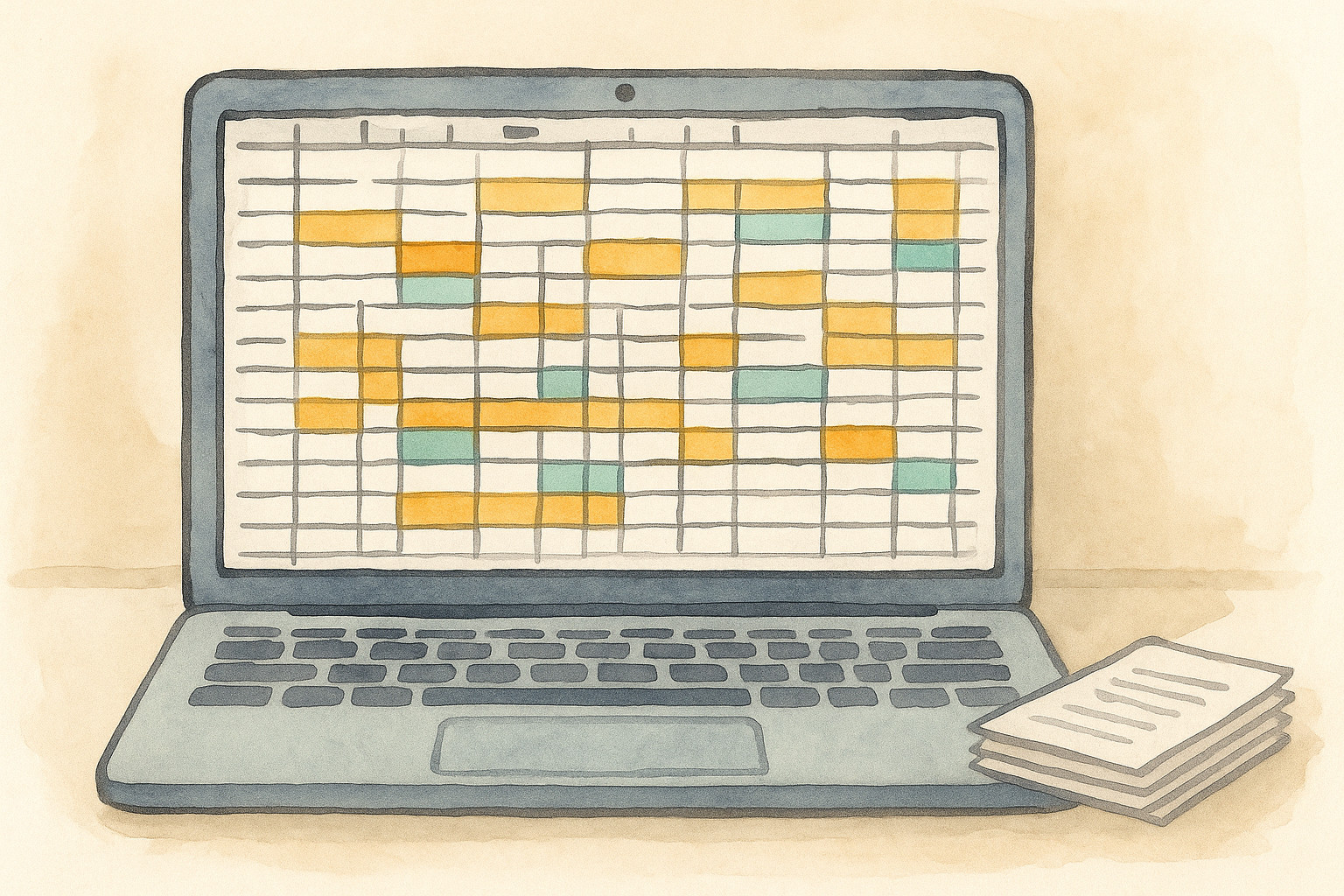
One evening, I accidentally sorted a column without selecting the others then saved and closed the sheet. When I realized what happened, it was too late. Every product quantity was matched to the wrong store. It took two hours to untangle that mess, cross-referencing against our paper copies.
The Breaking Point
Six months in, trying to load the truck while juggling a clipboard and pencil, I had a moment of clarity. We were growing. We added new stores and our product line had expanded. The paper and Excel system that barely worked for a small operation would completely collapse as we scaled.
I looked at my father, who was double-checking cases against our tally sheet, and said, "This isn't going to work much longer."
He knew I was right. We were already making more mistakes. Customers were starting to notice. Our "system" was failing us.
Drawing on Hidden Resources
What my father knew, but our customers didn't, was that I'd been programming since I was 12 years old. Before Opal Foods, I spent 22 years building software, solving complex problems with code. I kept this background quiet in our distribution business because convenience store owners don't care about your coding skills. They care about getting their ice cream on time.
But that night, I opened my laptop and started sketching out what we actually needed. Something built specifically for businesses like ours: small enough to run efficiently, sophisticated enough to eliminate our daily chaos.
Building While Delivering
I started coding at night after our delivery runs. The first version was basic: just a way to input orders and automatically generate pick lists. But even this simple tool cut our end-of-day process from three hours to 15 minutes.
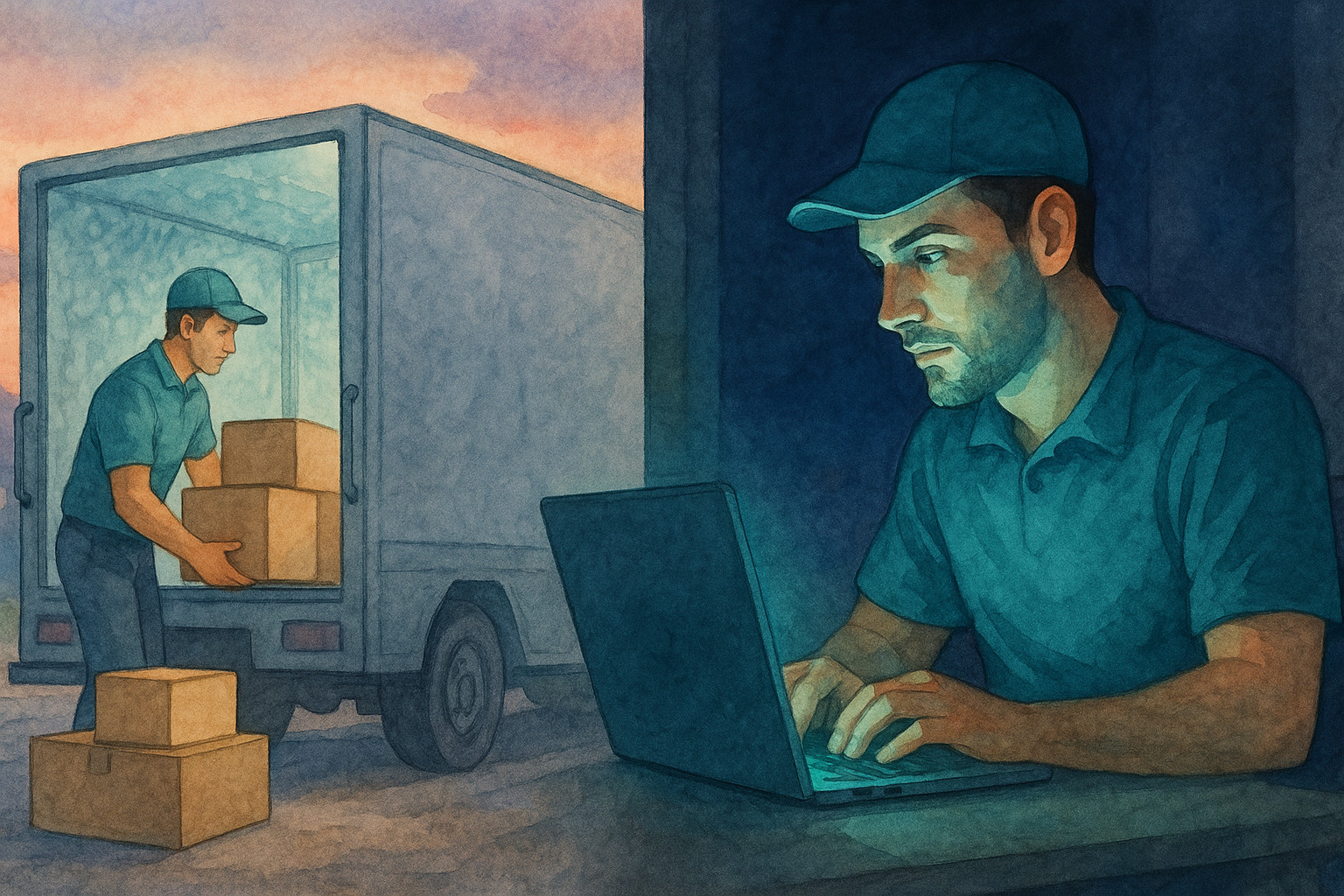
Every problem we encountered became a feature. Couldn't remember what a store ordered last week? Added order history. Kept running out of specific items? Built in reorder alerts. Wanted to optimize our delivery route? Created route planning tools. Each addition came from real pains we experienced that day.
The system grew organically, shaped by actual use. When we'd finish a route and think, "It would be great if we could...", I'd build it that night. Every feature was battle-tested the next morning in a freezer truck rolling through real streets.
The Six-Year Evolution
What started as a basic inventory counter evolved into something comprehensive. After six years of refinement, our internal system handled everything:
Client profiles: Names and addresses, plus order patterns, payment terms, delivery preferences, even notes about where to park the truck or what time the owner was at the store.
Delivery routes: Optimized sequences that minimized drive time between stops and reordered routes based on customer time restrictions.
Invoicing: Automated generation with payment tracking and aging reports. No more handwritten receipts or forgotten charges.
Order processing: From initial entry through delivery confirmation, every step tracked and verified. We could tell you exactly when an order was placed, picked, loaded, and delivered.
Tailored statistics: Real analytics on product velocity, seasonal patterns, customer lifetime value. We knew which items sold best in which neighborhoods, which stores were growing, and which products needed to be discontinued.
The software had become the backbone of our operation. We went from questioning every number to trusting our data completely. Mistakes dropped significantly. We could handle roughly three times the volume with the same two-person team.
The Discovery Moment
💡 Key Insight: Tools built from actual operations solve real problems. After six years of refining our internal system through thousands of deliveries, we discovered the market lacked practical software for small to mid-sized distributors.
After six years of refinement, I decided to research what other distribution software existed. Surely someone had built something similar for the thousands of small distributors facing the same challenges we'd overcome.
What I found surprised me. The market was polarized: either basic inventory apps that didn't understand distribution, or complex systems that required dedicated IT teams and six-figure budgets. Nothing existed for businesses like ours, operators who needed powerful features without the headache of complex systems that require extensive training.
I showed our system to another distributor friend. His reaction was immediate: "Can I use this?" That conversation repeated with every distributor I talked to. They all had the same pain points we solved, the same frustrations with existing options.
From Internal Tool to Industry Solution
That's when I realized we accidentally built something the industry needed. Every feature existed because we needed it. Every workflow made sense because we refined it through thousands of real deliveries.
I'm now refactoring our internal system into Opalfi, a platform any distributor can use. We still run Opal Foods. We still deliver frozen goods every day. We still use this software for every order, every route, every invoice.
The difference is we're packaging six years of hard-won solutions for other distributors who are stuck where we were: talented operators drowning in manual processes, growing businesses held back by paper systems, family operations that need technology without complexity.
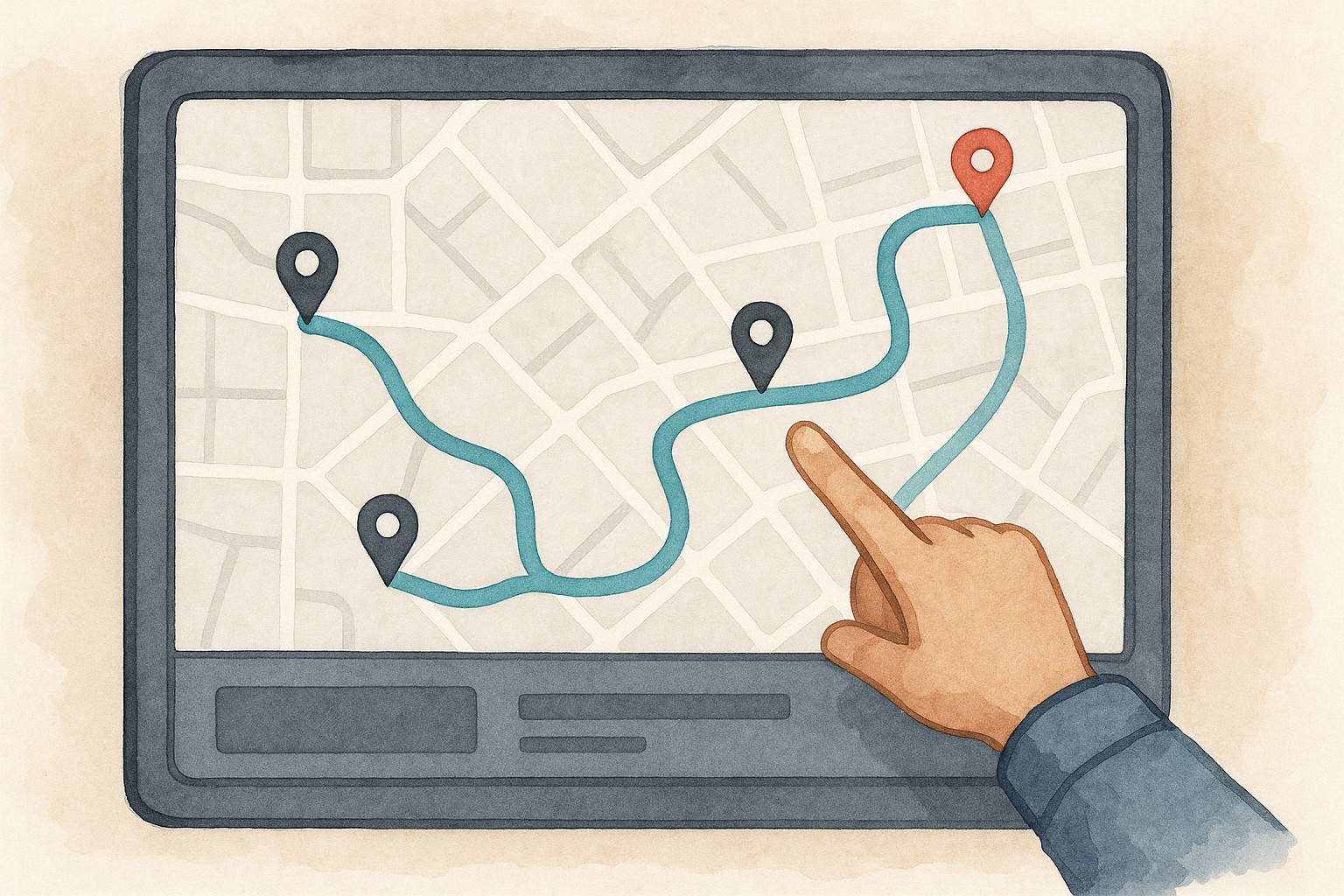
Understanding the Resistance
Through conversations with fellow distributors, I've learned why so many stick with paper despite its problems. Enterprise software feels like overkill, requiring training, consultants, and workflows that don't match reality. Generic inventory apps miss crucial features like route optimization or customer-specific pricing. Most distributors aren't looking for technology for technology's sake. They want their specific problems solved.
There's also fear. What if the software is complicated? What if it breaks? What if employees can't learn it? These are valid concerns when your livelihood depends on delivering product tomorrow morning. You can't afford to experiment with your operations.
That's why Opalfi is built on thousands of real delivery days, countless customer interactions, and every mistake we've made and fixed along the way.
The Current Reality
Today, Opalfi represents six years of iteration, refinement, and real-world testing. We're taking a proven system and making it accessible to businesses that share our challenges.
The refactoring process focuses on making our specialized system adaptable to different distribution models while maintaining the simplicity that comes from solving real problems. Whether you're distributing frozen foods like us, beverages, paper goods, or any other wholesale products, the core challenges remain the same: accurate ordering, efficient routing, reliable invoicing, and clear visibility into your operations.
We're building for operators like us: small to mid-sized distributors who need professional tools without complexity. Businesses run by people who know their customers by name, who drive their own trucks, who understand that distribution is about relationships backed by reliable operations.
Final Thoughts
Six years ago, my father and I sat at a kitchen table, counting boxes on paper sheets, making mistakes that cost us time and money. Today, we run a sophisticated operation powered by software born from those frustrations. Every feature exists because we needed it. Every workflow makes sense because we've lived it.
Opalfi is the system we trust with our own business every single day. We're fellow distributors sharing tools that actually work.
If you're still counting boxes on paper, still double-checking math that should be automatic, still losing hours to tasks that software could handle in minutes, let's talk. We've been where you are. We know the path forward. And we're building Opalfi to help you get there.
Visit opalfi.com to join our early access program. Share your distribution challenges with us. Let's solve them together, the same way we solved our own: practically, thoroughly, and with deep respect for the realities of running a distribution business.


